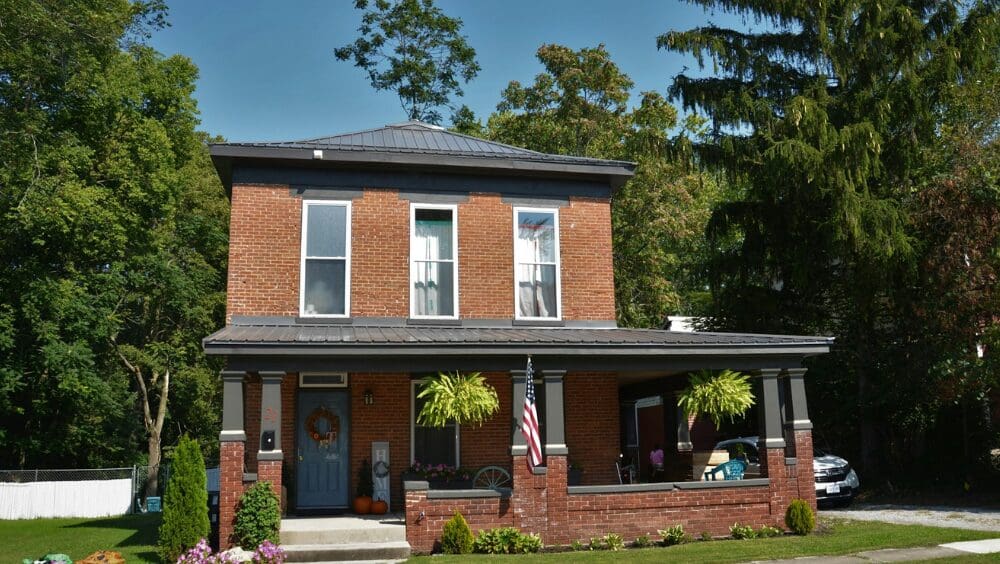
If you are selling your home in Colorado but also looking to purchase a new one, the timing of both transactions can feel impossible to plan perfectly. If you are relying on the equity in your current home to make a down payment on the new one, it may seem your only option is to sell, move out, and find a third location to live while you shop for the new house. But before you resign yourself to months of mayhem, you may consider a bridge loan to streamline the process and reduce stress. In real estate, a bridge loan is intended to be a convenient and fast way to buy your new home without waiting for your old home to sell. This short-term financing (also called a swing or bridging loan) helps homeowners during the transition between properties. A bridge loan is typically more expensive than a traditional mortgage. This is because there is more risk involved for the lender. The bridge lender will loan the buyer the equity they have built in their existing house in order for them to move forward with the purchase of a new home. A common scenario in real estate where a Colorado buyer will need to apply for a bridge loan occurs when they need to purchase their new property before their old home has sold. In this case, they will use the equity from their previous home to cover the down payment and closing costs for their new purchase. In many cases, the lender providing your new mortgage will also handle your bridge loan. They typically require that your existing home be listed on the market and will offer this bridge loan for a maximum of six months to one full year. Depending on your unique situation, the lender on the new home might need to calculate your debt-to-income ratio (DTI). The DTI equation would include the payments from your current mortgage on your old house, your new payment on the home you are purchasing, and the interest-only payment on the bridge loan (if applicable). However, your lender might be able to only include your new mortgage payment if your previous home is under contract and the new buyer has final loan approval for their purchase. Lenders do this to ensure that you will be able to make the payments on both properties in the event that your home does not sell immediately. There are benefits to borrowing a bridge loan that can position you as a more flexible homebuyer. “It provides like a safety net in the event that your current home doesn’t sell right away, and you’re selling your old home before purchasing a new one,” explains Johnna Hall, a top real estate agent in Aurora who has 21 years of experience and works with nearly 80% more single-family homes than the average agent in her Colorado market. While a bridge loan can increase your flexibility and alleviate some stress when it comes to selling your current home and purchasing a new one, there are some drawbacks — as there can be with any type of loan product. A bridge loan isn’t a blanket solution for all real estate transactions, but for some sellers, it can ease the stress of transitioning between an old home and a new one. Some examples of when a bridge loan might be a solution include:What is a bridge loan, in simple words?
How does a bridge loan work in Colorado?
What are the benefits of a bridge loan in Colorado?
What are the drawbacks of a bridge loan?
Is it worth getting a bridging loan in Colorado?



